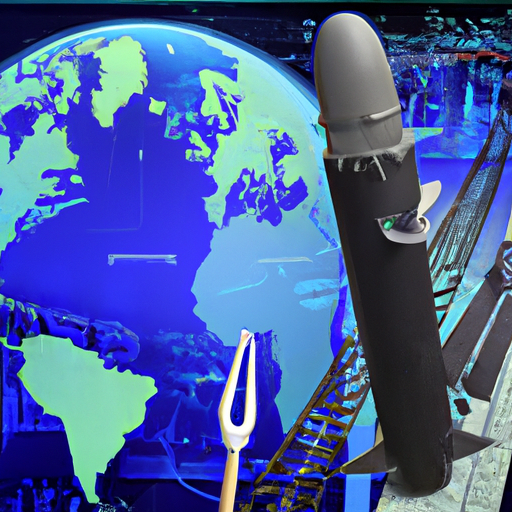In recent years, space technology has seen a significant revolution, bringing about advancements that not only enhance our ability to explore the cosmos but also improve life on Earth through satellite applications. From rocket innovations to advanced satellite systems, the developments in this field are paving the way for future missions and discoveries. In this blog post, we will explore some of the most exciting advancements in space technology today.
The Rise of Reusable Rockets
One of the most groundbreaking advancements in space technology has been the development of reusable rockets. Companies like SpaceX have successfully pioneered the Falcon 9 and Falcon Heavy rockets, which can be launched and landed multiple times. This innovation dramatically reduces the cost of space travel and opens up possibilities for more frequent missions, including manned missions to Mars.
Satellite Technology and Communication
Advances in satellite technology have revolutionized how we communicate, gather data, and monitor the Earth. The deployment of small satellites, or CubeSats, has made space more accessible and affordable for research and commercial purposes. These compact satellites can perform missions such as Earth observation, climate monitoring, and even IoT (Internet of Things) applications. Moreover, advancements in satellite communications allow for faster and more reliable internet services globally, particularly in remote areas.
Artificial Intelligence and Space Exploration
Artificial intelligence (AI) is making significant strides in space technology. From navigation systems on spacecraft to data analysis from distant planets, AI helps in processing vast amounts of data quickly and efficiently. For instance, NASA has implemented AI for autonomous navigation on the Mars rovers, enabling them to make real-time decisions about where to go and what to analyze.
The Role of CubeSats in Space Research
CubeSats have emerged as critical players in space research thanks to their low cost and ease of deployment. Researchers can now conduct scientific experiments in space with a fraction of the previous costs. These miniature satellites have been used for everything from biological experiments in microgravity to imaging the Earth’s surface for environmental monitoring.
3D Printing in Space Technology
3D printing technology is also revolutionizing space exploration efforts by enabling manufacturing of components in space. For example, NASA is exploring on-demand part production that can support missions to Mars. By using 3D printing, astronauts can create tools and replacement parts, reducing the need to send everything from Earth and enabling more extended missions.
Conclusion
As we look to the future, the advancements in space technology promise to unlock new frontiers in exploration and innovation. With ongoing research and collaboration between various countries and organizations, the possibilities are limitless. These advancements not only enhance our understanding of the universe but also provide solutions to some pressing challenges on Earth.
Stay tuned for more updates on space technology and its impact on our world!




